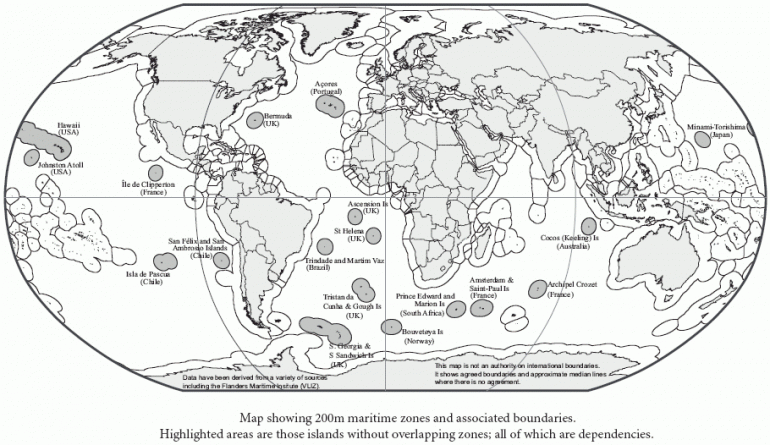
Figure 12.1 Global Maritime Zones Source: Dr Robin Cleverly, Head, Law of the Sea, UK Hydrographic Office, Taunton(p. 283) long-coastline adjacent states crowded together on a concave coastline5 to small islands facing out into the open ocean.6 Yet courts and tribunals are expected to decide on maritime delimitation in a principled way, without recasting geography . . . Read more
(p. 744) 33 The Use or Threat of Force by States 1. Historical Overview 1815–19451 In the practice of states in nineteenth-century Europe, war was sometimes still represented as a last resort, that is, as a form of dispute settlement.2 However, the prevailing view was that resort to war was an attribute of statehood . . . Read more
(p. 718) 32 Third-Party Settlement of International Disputes 1. Peaceful Settlement in General The judicial settlement of international disputes is only one facet of the enormous problem of the maintenance of international peace and security. In the period of the UN Charter the use of force by individual states to address international disputes . . . Read more
(p. 693) 31 The Claims Process 1. Jurisdiction and Admissibility Distinguished A state presenting an international claim, either in diplomatic exchanges or before an international tribunal, has to establish its entitlement to do so, and the continuing viability of the claim itself, before the merits of the claim can be decided. The same . . . Read more
(p. 671) 30 International Criminal Justice 1. Introduction It is not too much of an exaggeration to say that the United Nations era began with a trial and a promise. The trial was that of the major German war criminals at Nuremberg. The promise was that the principles underlying the Nuremberg Charter would . . . Read more
(p. 634) 29 International Human Rights 1. Introduction The events of the Second World War, and concern to prevent a recurrence of catastrophes associated with the policies of the Axis Powers, led to a programme of increased protection of human rights and fundamental freedoms at the international level. A notable pioneer in the . . . Read more
(p. 607) 28 The International Minimum Standard: Persons and Property 1. State and Individual: the Search for Standards The legal consequences of belonging to a political community with a territorial base have not changed a great deal since the seventeenth century, despite changes in the various theories used to describe or explain the . . . Read more
(p. 590) 27 Multilateral Public Order and Issues of Responsibility1 1. The Varying Content of Illegality The law of responsibility has had a precarious existence in a decentralized system of international relations lacking compulsory jurisdiction and generally applicable enforcement procedures. Much of international law consists of rules concerning competence and functional co-operation, and . . . Read more
(p. 566) 26 Consequences of an Internationally Wrongful Act 1. Introduction In the event of an internationally wrongful act by a state or other subject of international law, other states or subjects may be entitled to respond. This may be done by invoking the responsibility of the wrongdoer, seeking cessation and/or reparation, or . . . Read more
(p. 539) 25 The Conditions for International Responsibility 1. Configuring the Law of Responsibility1 In international relations as in other social relations, the invasion of the legal interest of one subject of the law by another creates responsibility in a form and to an extent determined by the applicable legal system. International responsibility . . . Read more
